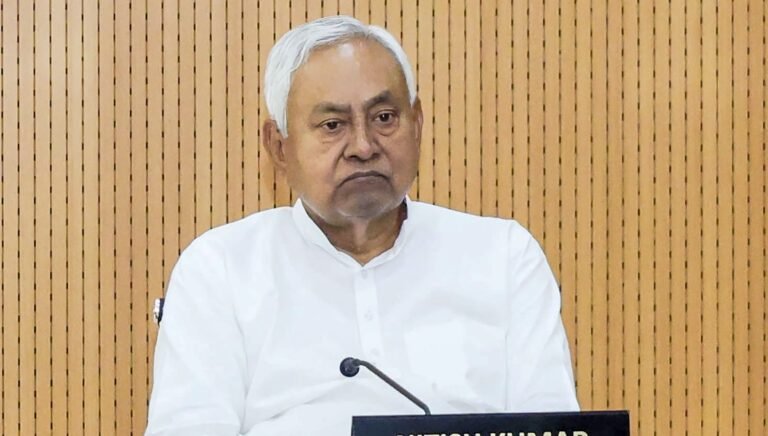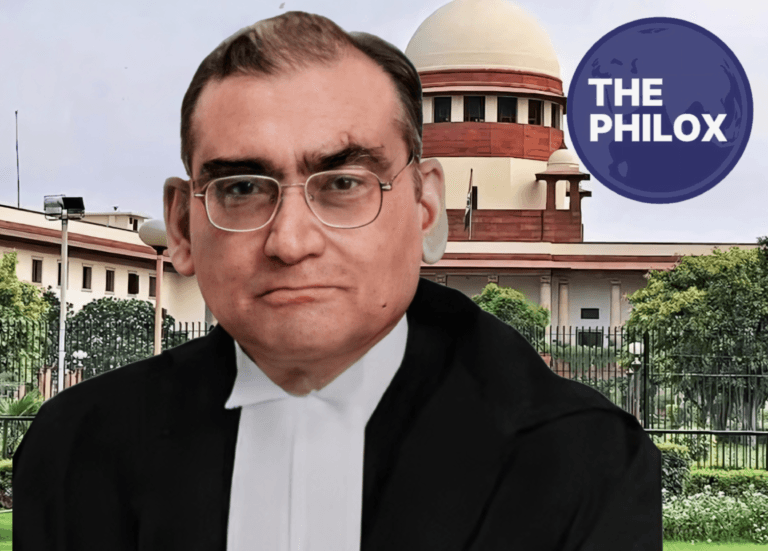
Jaipur Air Pollution
It is in a sharp disclosure that highlights the intensifying air pollution crisis affecting the whole of India, that Jaipur has shot up to third most polluted city in the country, only after the smog-afflicted Delhi-NCR region and the industrial-hotspot of Byrnihat, on the Assam-Meghalaya border. As the recent data of the Central Pollution Control Board (CPCB) and supported by independent monitoring organizations such as IQAir show, the city of Jaipur, which used to be prided on its architectural beauty and cultural energy, finds itself on the bad list along with other long-term polluters this November with the Air Quality Index (AQI) of slightly less than 300 micrograms of PM2.5 per square meter, which the World Health Organization (WHO) considers dangerous. Delhi-NCR, which has long been associated with poisonous winter air, registered an average of AQI of 450 on November 22 due to crop residue fire in the driver states and vehicles. According to the 2024 World Air Quality Report released by IQAir earlier this year, Byrnihat, a small town with cement factories and lax regulation, leads the national rankings with an average concentration of PM2.5 of 128.2 μg/m 3 per year.
For advertisement on our platform, do call at +91 6377460764 or email us at contact@thephilox.com.
The fact that Jaipur has been able to rise to third place in a rapid promotion, with spikes of AQI of 380 this week, is indicative of a troubling pattern: pollution is no longer restricted to limited areas of northern industrial belts, but is rapidly spreading into the tourist destination of Rajasthan, jeopardizing the health and economic well-being of its people.The reasons behind the pollution explosion in Jaipur are complex, based on a poisonous combination of urban growth, seasonal changes, and structural lapses. The climate of Rajasthan is arid and thus increases dust storms but the Diwali festivities in November have worsened the situation. Cracks and cracks of firecracker that actually should not be burst, but the state-wide ban was disregarded, dispersed hazy clouds of particulate matter, and the process of stubble burning in Punjab, Haryana, and blanketed the city under a hazy cover. Traffic vehicles are also in the villainous role: the heavy traffic on the roads of Jaipur with more than 2.5 million registered vehicles produces harmful fumes due to the old engines and low fuel quality. The city is experiencing a boom in real estate construction which has contributed to fine particles due to construction dust as well as industrial effluents that settle in the deep parts of the lungs. The outer areas of Jaipur are home to more than 1,200 small-scale manufacturing units such as textile dyeing and marble processing units, which emit untreated effluents without proper scrubbers. In Greater Jaipur, the report by the Centre of Science and Environment (CSE), recently pointed at volatile organic compounds in these factories as the cause of a 152 percent increase in excessive-ozone days per year in 2023-2024.
Designed to serve as a natural protective barrier, the Aravalli hills are worn out by the illegal mining process, which has not reduced pollutants to stagnation, says Dr. Anjali Singh, an environmental scientist, at the Rajasthan University. This is mixed with low wind speeds this month -average of only 5 km/h -the air has become a soup of carcinogens.The human price is gruesome and direct. The health professionals warn that there is a chance of five-years reduction in life expectancy in an affected area due to long-term exposure to such levels, which is also reflected in the global study by the Health Effects Institute.
Hospitals in Jaipur alone were reporting a 40 percent outbreak in respiratory cases last week with children and the elderly taking the brunt. Asthma attacks have been on the increase and cases of chronic obstructive pulmonary disease (COPD) are flooding the public clinics. Meera Devi, a Jaipur resident of Vaishali Nagar, where AQI topped 410 yesterday, shared the story about her son who now coughs at night, although he is only eight years old. We can not even open windows anymore. Air pollution is the leading cause of premature death to more than 1.6 million people every year in the country and the cost associated with the issue is estimated at 1.36 lakh crore annually in terms of healthcare and productivity loss, which is not unique to Jaipur, but rather a national epidemic. India boasts 13 of the 20 most polluted cities in the world according to the results of IQAir, with Begusarai, Greater Noida, and Bhiwadi close behind.
The notorious smog season in Delhi has lengthened to November and even schools are closing and odd-even car rationing taking place. The situation of Byrnihat can be attributed to the independent nature of industries, a warning to the peripheral factories in Jaipur. According to the statements of environmental activist Vimlendu Jha of Think5 Media, pollution knows no borders. The reaction of the government has been both hasty and inefficient. On November 20, Chief Minister of Rajasthan Bhajan Lal Sharma announced a 500-crore anti-pollution package, which comprised 1,000 electric-powered buses for Jaipur and maximum enforcement of the firecracker ban. The CPCB also switched on Stage II of the Graded Response Action Plan (GRAP) in Delhi-NCR and banned coal combustion and inter-state trucking, which may also spread to Jaipur in case the AQI deteriorates. The National Clean Air Programme (NCAP) targets to reduce PM by 40 percent by 2026 nationally but efforts are hampered by a lack of coordination, with most of the funds that have been owed over the years still not disbursed in Rajasthan.However, this has been criticized by experts who claim that the piecemeal approach is not working. “It will not be enough to ban but a multi-pronged approach is required as proposed by Sumit Sharma, director of the TERI School of Advanced Studies in Delhi. Create a policy of encouragement of public transport, standards on industrial emissions through real-time monitoring and rehabilitate the Aravalli green belt with 1.35 billion native trees as suggested in the Great Green Wall project.
Community campaigns are picking up: Jaipur is developing its own Green Jaipur campaign led by local NGOs with 50,000 saplings planted in the city this monsoon and schools are also incorporating air quality lessons in the curriculum. It is not merely a statistic that Jaipur made it to the polluted podium, but an omen of a systemic change. People are attracted to its forts to experience the heritage, and locals suffocate to breathe clean air in the splendor. Sharma pleads Our city of pink walls does merit blue skies. As it is projected to have no wind by December, it is up to the policymakers to the industries and citizens to take decisive actions. There is no such thing as failure, it is already claimed lives. The situation in Jaipur can be the first step towards bringing a long-overdue clean air revolution in India, or even another dark episode in an ugly history.






